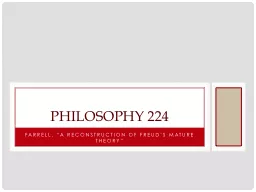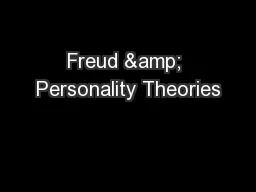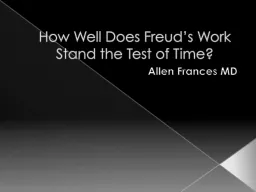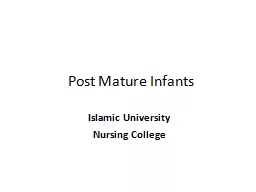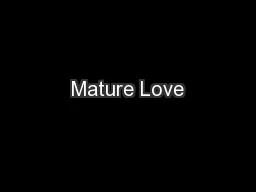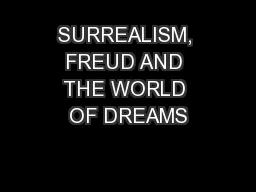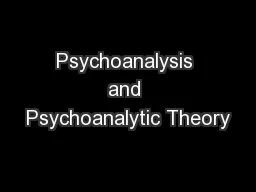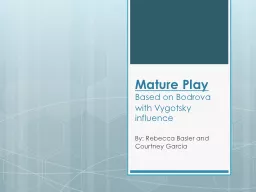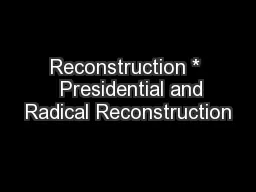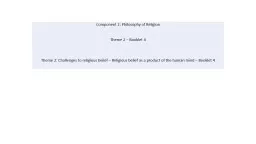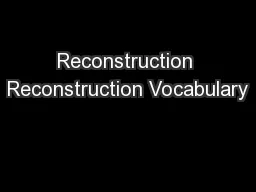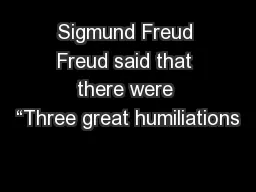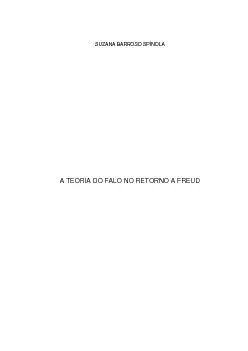PPT-Farrell, “A Reconstruction of Freud’s Mature Theory”
Author : karlyn-bohler | Published Date : 2016-05-14
Philosophy 224 Sigmund Freud Sigmund Freud 18561939 was an Austrian born neurologist who founded the field of psychoanalysis a therapy and a theory that investigates
Presentation Embed Code
Download Presentation
Download Presentation The PPT/PDF document "Farrell, “A Reconstruction of Freud’..." is the property of its rightful owner. Permission is granted to download and print the materials on this website for personal, non-commercial use only, and to display it on your personal computer provided you do not modify the materials and that you retain all copyright notices contained in the materials. By downloading content from our website, you accept the terms of this agreement.
Farrell, “A Reconstruction of Freud’s Mature Theory”: Transcript
Download Rules Of Document
"Farrell, “A Reconstruction of Freud’s Mature Theory”"The content belongs to its owner. You may download and print it for personal use, without modification, and keep all copyright notices. By downloading, you agree to these terms.
Related Documents

